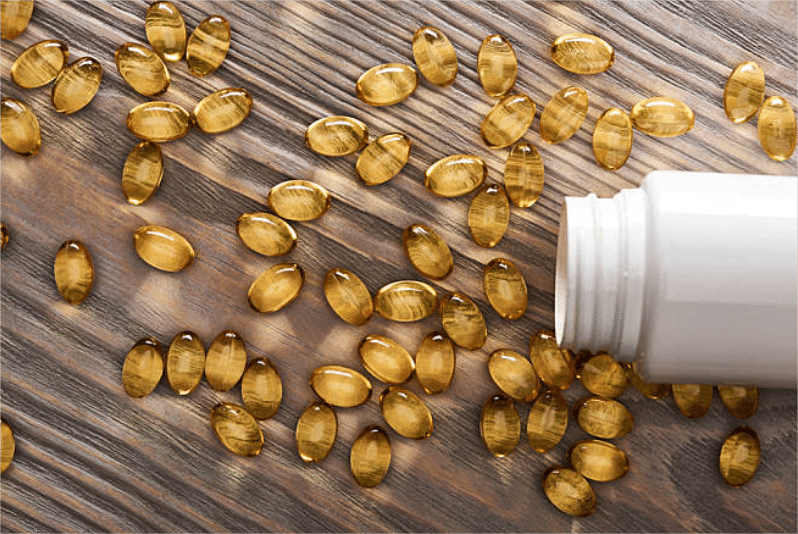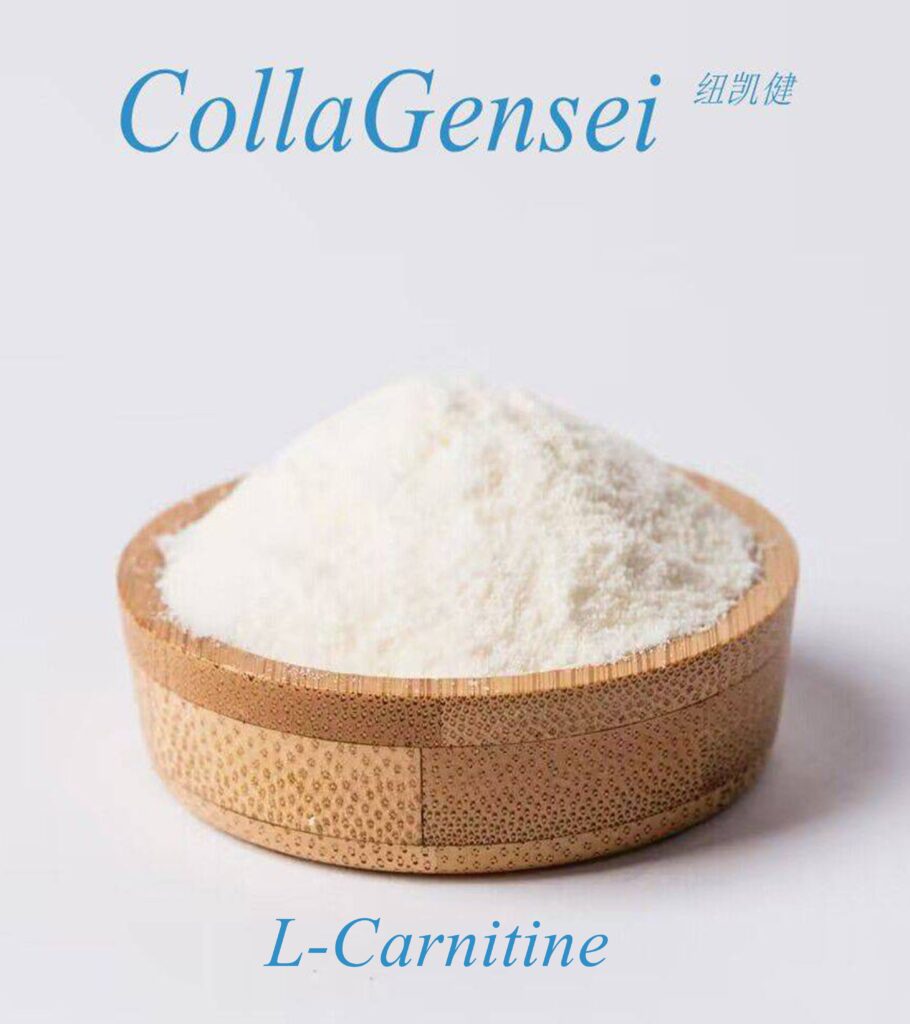Borage oil and glucosamine are two widely used supplements, both known for their positive effects on joint health and inflammation. While they share some similarities in their ability to support the joints, they are quite different in their composition, benefits, and uses. This article will compare borage oil with glucosamine, examining their distinct properties and how they may contribute to your overall health.

What is Borage Oil?
Borage oil is derived from the seeds of the borage plant (Borago officinalis), native to the Mediterranean region. This oil is packed with gamma-linolenic acid (GLA), an essential omega-6 fatty acid. GLA is known for its powerful anti-inflammatory properties, making borage oil a popular choice for managing inflammation, supporting skin health, and promoting overall well-being.
The primary benefit of borage oil comes from its GLA content, which has been shown to reduce the symptoms of conditions like rheumatoid arthritis, eczema, and psoriasis. It is also used to help balance hormones, relieve premenstrual syndrome (PMS) symptoms, and improve cardiovascular health.
What is Glucosamine?
Glucosamine is a naturally occurring compound found in cartilage, the tissue that cushions the joints. It is a key building block of glycosaminoglycans, which are essential for maintaining healthy cartilage. As a supplement, glucosamine is most commonly used to support joint health, reduce joint pain, and slow the progression of osteoarthritis.
Glucosamine is often combined with other supplements, such as chondroitin sulfate, to further enhance its effects on joint health. It can help improve joint mobility, reduce inflammation, and prevent cartilage breakdown, making it particularly beneficial for individuals with arthritis or those experiencing joint degeneration due to aging or injury.
Key Benefits of Borage Oil
- Anti-Inflammatory Effects: Borage oil is best known for its potent anti-inflammatory properties due to the high levels of GLA. These effects make it effective in reducing the pain and swelling associated with inflammatory conditions like rheumatoid arthritis. It can also ease joint stiffness and discomfort, improving mobility.
- Skin Health: In addition to its joint benefits, borage oil is commonly used for skin care. It helps reduce the symptoms of eczema, acne, and psoriasis by moisturizing and soothing the skin. It is especially beneficial for dry, irritated, or inflamed skin.
- Hormonal Support: The GLA in borage oil is thought to support hormonal balance, making it helpful for managing premenstrual syndrome (PMS) and menopausal symptoms. It may alleviate mood swings, bloating, and other common symptoms of hormonal fluctuations.
- Cardiovascular Health: Omega-6 fatty acids like GLA are important for maintaining healthy circulation and heart function. Regular use of borage oil may contribute to lower blood pressure, improved blood flow, and overall cardiovascular health.
Key Benefits of Glucosamine
- Joint Health and Pain Relief: Glucosamine is primarily used to support joint health and reduce pain associated with osteoarthritis and other degenerative joint conditions. It can help reduce inflammation, improve joint mobility, and ease discomfort caused by cartilage breakdown.
- Cartilage Repair: Glucosamine is involved in the production of proteoglycans, which are essential for maintaining the structure and function of cartilage. Supplementing with glucosamine may help repair damaged cartilage and prevent further wear and tear in the joints.
- Improved Joint Function: Studies suggest that glucosamine can improve joint function, particularly in people with osteoarthritis. It has been shown to reduce pain and improve mobility, making it easier to move and perform daily activities.
- Long-Term Joint Protection: Unlike many pain-relieving medications, glucosamine may offer long-term protection by slowing the progression of osteoarthritis and preventing further damage to the joints. It may also delay the need for more invasive treatments, such as joint replacement surgery.
Differences Between Borage Oil and Glucosamine
- Source and Composition: Borage oil is a plant-based supplement derived from the seeds of the borage plant, and its primary active ingredient is gamma-linolenic acid (GLA), an omega-6 fatty acid. Glucosamine, on the other hand, is a naturally occurring compound found in cartilage and is typically derived from shellfish or synthesized in labs.
- Mechanism of Action: Borage oil works by reducing inflammation throughout the body, especially in the joints and skin. Its anti-inflammatory properties are mainly due to the GLA content. Glucosamine works by supporting the structure of cartilage, promoting repair, and preventing further damage. It helps improve joint function by aiding in the production of key components needed to maintain healthy cartilage.
- Targeted Benefits: While both supplements benefit joint health, borage oil also has broader applications. It is commonly used for skin health, hormonal balance, and cardiovascular health in addition to its anti-inflammatory effects. Glucosamine, however, is more specifically focused on joint health and cartilage repair, particularly for those suffering from osteoarthritis or joint degeneration.
Which Supplement is Right for You?
Choosing between borage oil and glucosamine largely depends on your specific health needs.
– Borage Oil: If you are looking for a supplement that can help with inflammation, skin conditions, or hormonal imbalances, borage oil may be a good choice. It offers a wide range of benefits, particularly for reducing inflammation and promoting healthy skin.
– Glucosamine: If your primary concern is joint health, especially in the case of osteoarthritis or joint degeneration, glucosamine may be more beneficial. It helps to rebuild and protect cartilage, reduce pain, and improve joint mobility.
Conclusion
Both borage oil and glucosamine offer important benefits, particularly in the realm of joint health and inflammation reduction. Borage oil is a versatile supplement with a broader range of applications, including support for skin health and hormonal balance. Glucosamine, on the other hand, is more focused on maintaining and repairing joint cartilage, making it an excellent option for those with osteoarthritis or joint pain.
In some cases, combining both supplements may provide complementary benefits, especially for those seeking both joint support and reduced inflammation. As always, it is important to consult with a healthcare provider to determine which supplement is best suited to your needs.



